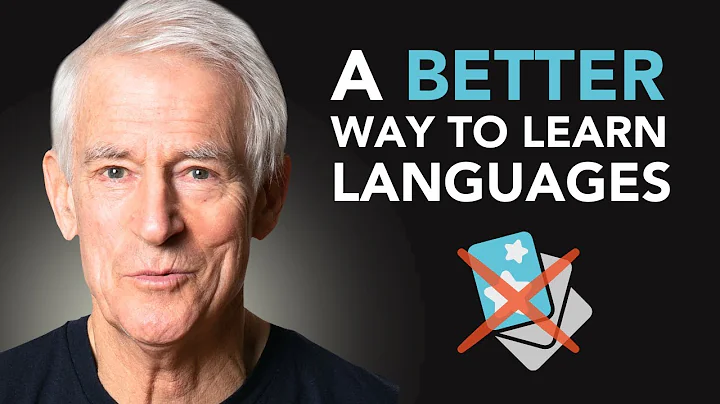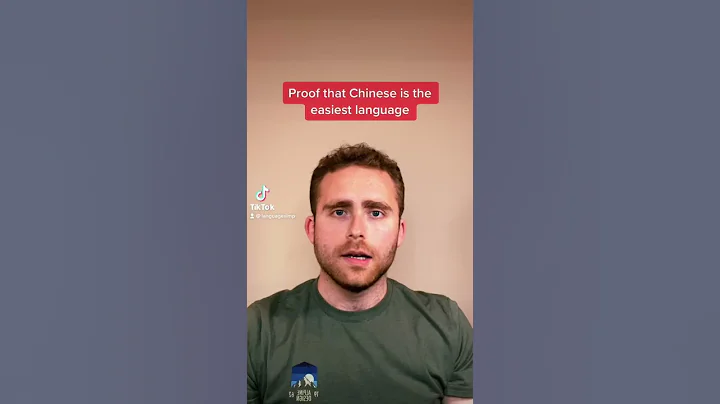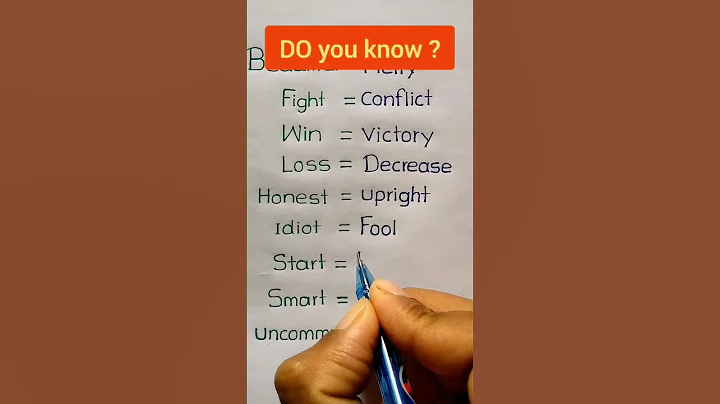
Thank you for reading, please pay attention!
The core problem of children's reading is one-way acceptance of text. To treat Chinese textbooks or classics as dead knowledge, reading means accepting knowledge, which is the teacher’s big mistake. Treat children as the pocket of knowledge, and reading means putting the knowledge in the text into the pocket, which is receptive reading. In contrast to receptive reading, interventional reading is a critical evaluation of the text based on self-experience.
Everyone doesn’t know that the meaning of text lies in awakening relevant experience. Reading is a process of innovative knowledge. Readers not only accept text, but also innovate text. This is "critical reading" or "thinking reading", also known as "innovative reading".
Critical reading is to read with critical thinking, and critical thinking is the "thinking of thinking". Critical thinking is the rethinking of the self or other people's thinking. Through identification, we discover the problems of the original thinking, and then deny, develop or reconstruct the original thinking. Reading provides a deep soil for critical thinking and is a base for cultivating innovative thinking.

Critical reading starts with the birth of the problem and aims to construct critical thinking.
First of all, see how the problem was born?
The problem here is not dyslexia, neither because of new words nor because of incomprehension of the grammatical meaning of sentences, but a question of the text. In other words, it is not that I do not understand the text, but that the text conflicts with my own experience. Such a problem is difficult to come into being.
First, you must awaken your own experience, that is, reading yourself
As long as you read with interest, you will read both the text and the self, because only when the text is echoed by the self-experience, you will be infected and interesting.
This requires that reading must be a highly independent practice, rejecting the interference of teachers or parents, traveling alone to a distance, immersed in the background of words, and turning black words into colorful life pictures.

As long as you go to the artistic world created by the author under the guidance of your imagination, you will no longer be a simple recipient, but will be integrated into the life you have experienced, and thus sublimate into the re-creator of the text. How to create?
Second, self-experience must be used as a reference
As long as it is infected with text, it will strongly explain that self-experience awakens. Only by obtaining a response from one's own experience can one become infected and become interested in the text. The birth of reading interest is a milestone in reading, marking the development of self-development from receptive reading to interventional reading.
How does self-experience penetrate into the text? There are roughly two situations: one is to resonate, that is, to seek the sameness with the text, self-experience is awakened by the text, infected, and aesthetic pleasure; the other is to suffer frustration with the text, that is, to seek the sameness with the text, and cannot accept the text, thus creating problems.
The core problem of children's reading is that they are always cold bystanders, wandering outside the text, neither imagination nor emotional resonance , where can they come from? This is because the teacher does not have the correct method to guide and uses lectures instead of reading. Only by reading can you speak without any intention, making reading a chore that has no fate with life.

3 The text contradicts self-experience, the problem is born
and becomes infectious and interesting. It is not the end point of reading, but paves the way for critical reading. Self-experience is highly personalized, both intersecting with the author and conflicting with the author. Experience and text will inevitably collide to create sparks of problems.
, but without immersive reading, without imagination and resonance, how can conflict arise? In other words, conflicts are based on in-depth understanding. Otherwise, even if there is a problem, it will be worthless because of alienating the text. When the
problem was born, the self was not clear about what experience it was conflicting with the self, which required argumentation of the problem. Only by extracting the problem into specific topics and certifying it can the self gradually become clearer, what is the self's values and how it conflicts with the author, and the result of the conflict is that the author is correct and the author is wrong.
Therefore, the innovative value of the birth of problems is reflected in the following aspects: First, the innovative thinking quality and personality quality of the birth of problems. Only innovative personality can question the text, and only innovative thinking can condense specific problems; second, the innovative value contained in the problem. Only when the problem contains new ideas and reveals a new outlook on life contains innovative value; third, the thinking value contained in the problem argumentation, and only if the certification with refutation wisdom can there be innovative thinking value.
Welcome to follow, and we will talk about the innovative value contained in critical issues later.











